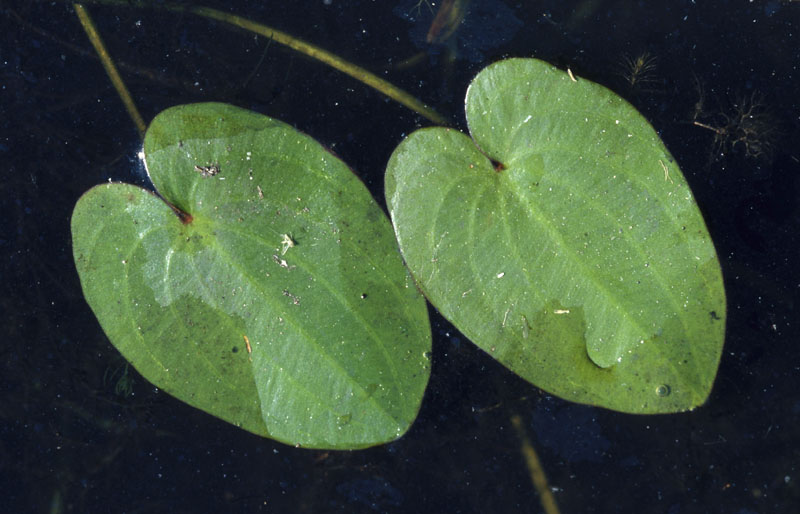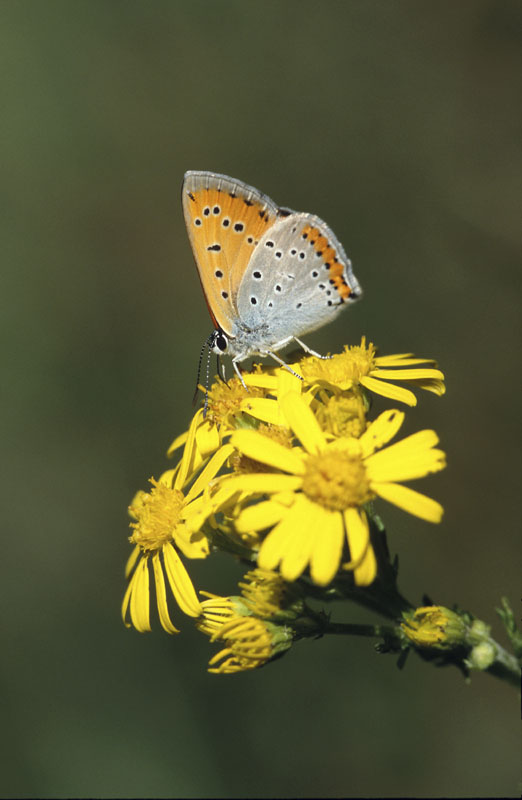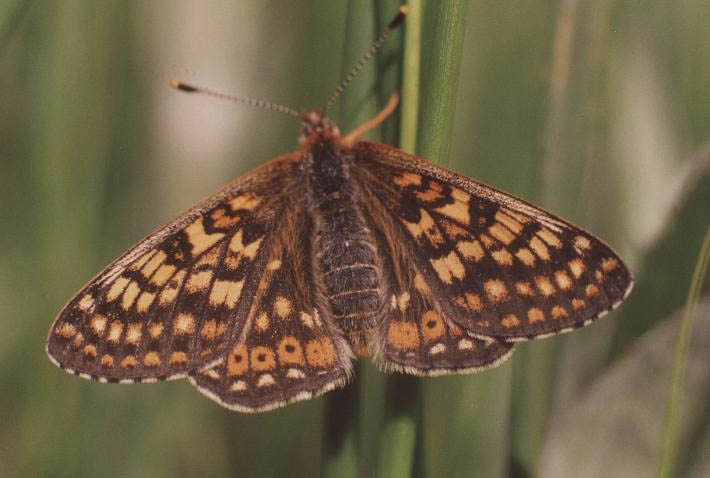


France: Grande Brenne
| Site fact file |
| Natura 2000 Ambassador for the Natura Network Initiative... | Representative of Ligue pour la Protection des Oiseaux Brenne (LPO-Brenne) | |
| Tony Williams |
| Country | France |
| Natura 2000 site location | Région Centre, Départements de l'Indre & de l'Indre & Loire |
| Nearest urban settlement | Chateauroux (Most visitors come from elsewhere in France (Tours, Poitiers, Orleans, Ile-de-France. From abroad - mostly GB, NL and BE |
| Official site name/s | Grande Brenne |
| Natura 2000 site number | "sPIC n°FR5400-534 (Habitats Directive)+ ZPS n°2410003 (Birds Directive)" |
| Site description / classification | Landscape, biological and economical unit, the Grande Brenne includes, whithin 23 communes, 58 000 hectares of almost exclusively private land, Here, lakes, reedbeds, wet meadows, dry grasslands, heath (dry or wet), woods, marshes or sandstone outcrops are intricately mixed to form a natural mosaic caracteristic of the Grande Brenne. The geographical region was retained as one of the french Natura 2000 potential sites (directive Habitats, 58 052ha) and is already a ZPS (Directive Oiseaux, 277ha only). A "Document d'Objectifs Natura 2000" a kind of management plan specific to N2000 sites) was elaborated in 1996-1998 as part of the french experimentation. This document proposes around 40 measures to insure the safeguard of habitats and species, They are themathetic : knowledge improvement, information & sensibilisation, management, experiments. Within the ZPS/sPIC, a special project focused on "Etang Massé" , which is described here. The Etang Massé is constituted of the lake itself together with the land surrounding it - 76ha in all : a protection project of a private property where the owners, hunters (F.D.C.I.), and environmentalists (PNR, LPO, WWF-France) work together to show that species conservation is perfectly compatible with traditionnal and and lakes management in Brenne. |
| Size of site (hectares) | sPIC: 58,052 ha + ZPS: 277 ha |
| Key Species types | Amphibians and Reptiles |
| Cistude d'Europe (Emys orbicularis) | |
| Sonneur à ventre jaune (Bombina variegata) | |
| Triton crêté (Triturus cristatus) | |
| Insects | |
| Agrion de Mercure (Coenagrion mercuriale) | |
| Cordulie à corps fin (Oxygastra curtisii) | |
| Cuivré des marais (Lycaena dispar) | |
| Damier de la Succise (Euphydryas aurinia) | |
| Ecaille chinée (Callimorpha quadripunctaria)* | |
| Grand capricorne (Cerambyx cerdo) | |
| Graphodère à deux lignes (Graphoderus bilineatus) | |
| Leucorrhine à gros thorax (Leucorrhinia pectoralis) | |
| Lucane cerf-volant (Lucanus cervus) | |
| Mammals | |
| Barbastelle (Barbastella barbastellus) Résidente. Reproduction. Hivernage. | |
| Castor d'Europe (Castor fiber) | |
| Grand Murin (Myotis myotis) Résidente. Reproduction. Hivernage. | |
| Grand Rhinolophe (Rhinolophus ferrum-equinum) Résidente. Reproduction. | |
| Loutre (Lutra lutra) | |
| Vespertilion à oreilles échancrées (Myotis emarginatus) Résidente. Reproduction. | |
| Vison d'Europe (Mustela lutreola) | |
| Plants | |
| Caldésie à feuilles de Parnassie (Caldesia parnassifolia) | |
| Flûteau nageant (Luronium natans) | |
| Marsiléa à quatre feuilles (Marsilea quadrifolia) | |
| Birds | |
| Aigrette garzette (Egretta garzetta)(3) Résidente. Reproduction. | |
| Avocette élégante (Recurvirostra avosetta)(3) Etape migratoire. | |
| Balbuzard pêcheur (Pandion haliaetus)(3) Etape migratoire. | |
| Blongios nain (Ixobrychus minutus)(3) Reproduction. | |
| Bondrée apivore (Pernis apivorus)(3) Reproduction. | |
| Busard des roseaux (Circus aeruginosus)(3) Résidente. Reproduction. Hivernage. | |
| Butor étoilé (Botaurus stellaris)(3) Reproduction. | |
| Chevalier sylvain (Tringa glareola)(3) Etape migratoire. | |
| Circaète Jean-le-blanc (Circaetus gallicus)(3) Reproduction. | |
| Combattant varié (Philomachus pugnax)(3) Etape migratoire. | |
| Echasse blanche (Himantopus himantopus)(3) Reproduction. | |
| Faucon pèlerin (Falco peregrinus)(3) Etape migratoire. | |
| Fuligule nyroca (Aythya nyroca)(3) Etape migratoire. | |
| Grande Aigrette (Egretta alba)(3) Hivernage. | |
| Guifette moustac (Chlidonias hybridus)(3) Reproduction. | |
| Guifette noire (Chlidonias niger)(3) Reproduction. | |
| Héron pourpré (Ardea purpurea)(3) Reproduction. | |
| Martin-pêcheur d'Europe (Alcedo atthis)(3) Résidente. Reproduction. Hivernage. | |
| Phragmite des joncs (Acrocephalus schoenobaenus) Reproduction. | |
| Pic noir (Dryocopus martius)(3) Résidente. Reproduction. Hivernage. | |
| Pie-grièche écorcheur (Lanius collurio)(3) Reproduction. | |
| Key Habitat types | Dunes intérieures avec pelouses ouvertes à Corynephorus et Agrostis |
| Eaux stagnantes, oligotrophes à mésotrophes avec végétation du Littorelletea uniflorae et/ou du Isoëto-Nanojuncetea | |
| Eaux oligo-mésotrophes calcaires avec végétation benthique à Chara spp. | |
| Lacs eutrophes naturels avec végétation du Magnopotamion ou Hydrocharition | |
| Landes humides atlantiques septentrionales à Erica tetralix | |
| Landes sèches européennes | |
| Prairies à Molinia sur sols calcaires, tourbeux ou argilo-limoneux (Molinion caeruleae) | |
| Marais calcaires à Cladium mariscus et espèces du Carex davallianae* | |
| Tourbières basses alcalines | |
| Vieilles chênaies acidophiles des plaines sablonneuses à Quercus robur | |
| Chênaies galicio-portugaises à Quercus robur et Quercus pyrenaica | |
| Eaux oligotrophes très peu minéralisées des plaines sablonneuses (Littorelletalia uniflorae) | |
| Key management issues | Main management conservation issues on the Natura 2000 site (sPIC + ZPS) : Banalisation of natural habitats due to : - fisheries evolution towards more intensive porduction (nitrates and chalk intrants, chemical destruction of aquatic plants...) - agricultural abandonment (meadows) - "leasure" properties evolution (and closing down of natural habitats as a consequence). Main management conservation issues on Etang massé (within the sPIC & ZPS) : - to show the possible cohabitation in Brenne, between species and habitats conservation and traditional uses of land and lakes, on a private property.
|
| Natura Network Agreements |
| Organising at least one Green Days event per year | Guided visits on the site - (about 30 eacj year, which means over 100 visitors/year). A bird observatory if open permanently and receives hundreds of visitors yearly. |
| Involving local stakeholders in the management planning process - creating a local area partnership | MANAGEMENT AND PROTECTION OF ETANG MASSE WITH BENEFIT TO NATURE & LOCAL VISITORS (PDF, 60.2 kb) |
| Promoting Natura 2000 at the local level | "Explanations
on Natura 2000 issues in Brenne (& conservation in general) are given:
|
| Involved in European networking / Twinned with other site for knowledge exchange | No, not yet, but volunteer's actions will soon be organised in coordination with a european group. |
| Branding Natura 2000 | Yes, signage etc. but there are no 'products' currently labelled. |
| Agreeing to become an NNi ambassador | Tony Williams (Ligue pour la Protection des Oiseaux Brenne (LPO-Brenne)) rnchérine.faune(a)wanadoo.fr is an NNi Ambassador. |
| Site photos |
 |
 |
 |
| For further info |
| Websites | www.lpo.fr/reseau/lpo-brenne.shtml |
| www.lpo.fr | |
| www.birdlife.org | |
| Site contact | Tony Williams (Ligue pour la Protection des Oiseaux Brenne (LPO-Brenne)) rnchérine.faune(a)wanadoo.fr |